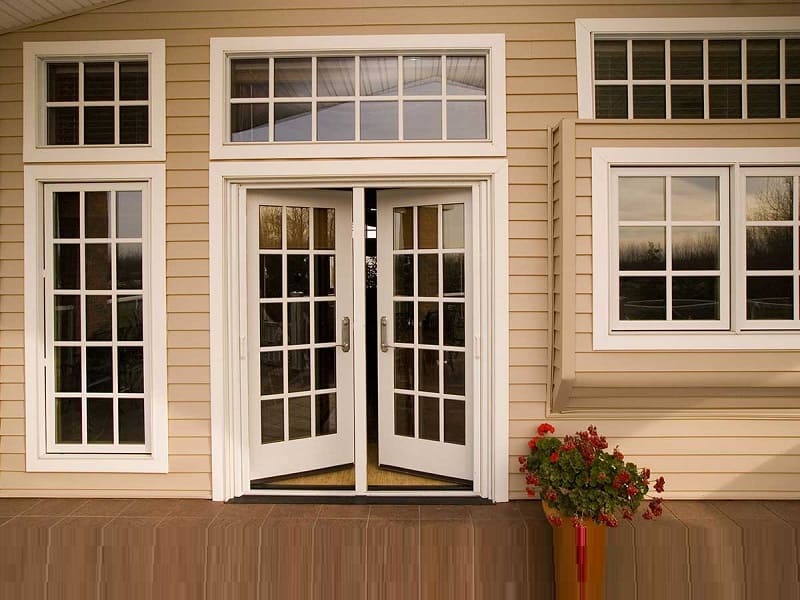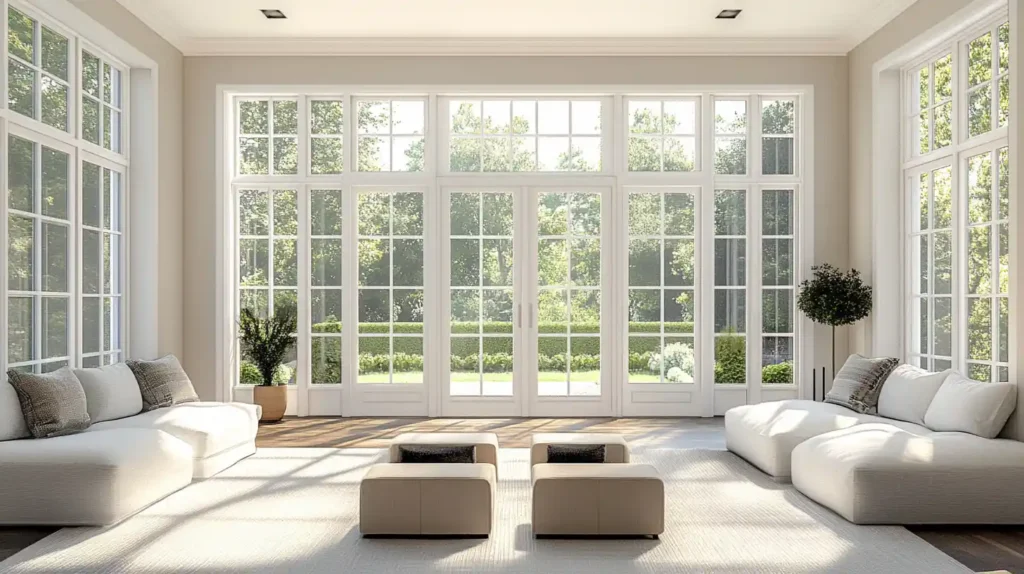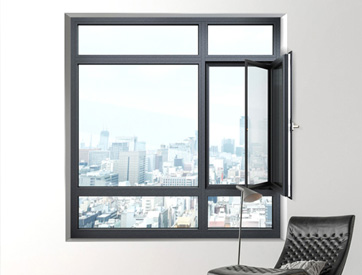Overview of Combination Windows and Doors

A Combination Window and Door is an integrated architectural feature that combines the functions of both a window and a door in one unified design. This design offers a practical solution to space optimization while enhancing the aesthetic appeal and functionality of a building. These systems are commonly used in residential, commercial, and luxury properties, providing both visual coherence and high-performance features.
Design and Structure:
1、Functional Integration: A combination window and door integrate the functions of a window for light and ventilation with the door’s access capabilities. For example, some systems feature a fixed window part with an operable door section.
2、Customization: These systems can be tailored to meet specific design needs, with options such as sliding windows and doors, casement windows combined with fixed doors, and more.
3、Aesthetic Uniformity: The design aims to ensure visual consistency, with matching materials, colors, and dimensions to complement the building’s overall look.

Features and Performance:
1、Energy Efficiency: These systems typically offer excellent thermal insulation, helping to minimize energy loss and improve the building’s energy performance.
2、Sound Insulation: Advanced designs often include double glazing and airtight seals, providing excellent noise reduction.
3、Weather Resistance: Built to withstand challenging weather conditions, combination windows and doors offer superior water and wind resistance.
Applications:
Combination windows and doors are highly versatile and are used in:
1、Residential: Ideal for homes looking for energy efficiency, natural light, and ventilation.
2、Commercial: Often used in offices and storefronts, offering a clean, modern aesthetic and robust functionality.
3、Luxury Properties: High-end homes and hotels benefit from the sleek design and high-performance qualities of these systems.
The advantages of combination windows and doors include efficient space utilization, unified appearance, and improved thermal and acoustic insulation. These systems can be customized with different materials (e.g., aluminum, PVC, wood) and operation types (e.g., sliding, swinging) to suit the specific architectural style and functional requirements of a project.
